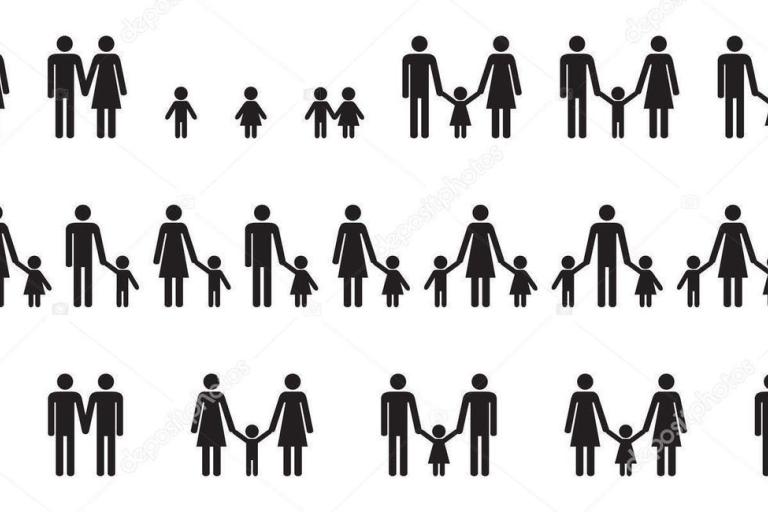On June 19, 2019, the New York State Legislature approved a series of expanded protections for workers subject to discriminatory conduct, especially for victims of sexual harassment. The bipartisan legislation, sponsored by Assemblywoman Aravella Simotas and State Senator Alessandra Biaggi, marks a victory for anti-harassment advocates. The amendments to the New York State Human Rights Law (NYSHRL) will:
- eliminate the “severe or pervasive” standard from discriminatory and retaliatory conduct;
- prohibit employers from utilizing nondisclosure agreements to prevent victims from reporting harassment or discrimination;
- effectively eliminate the Faragher-Ellerth defense;
- prohibit mandatory arbitration of discrimination claims;
- extend the statute of limitations for victims of sexual harassment to report claims to the New York State Division of Human Rights to three years, rather than the one year they currently have;
- allow for the collection of punitive damages along with attorney’s fees; and
- require employees to be provided a notice in their primary language of sexual harassment prevention policies.
A major cornerstone of this legislative reform is the elimination of the “severe or pervasive” standard from the NYSHRL. Three different laws primarily protect New Yorkers from harassment or discrimination in the workplace—the NYSHRL, Title VII of the Civil Rights Act of 1964 (“Title VII”), and the New York City Human Rights Law (the “NYCHRL”). Among these statutes’ various distinctions, is the burden of proof placed on a victim to establish that she has suffered sexual harassment or discrimination in the workplace. Under the “severe or pervasive” standard, unlawful discriminatory harassment is limited to (i) individual acts of misconduct that are very serious or (ii) less severe misconduct that is continuous. While the New York City Human Rights Law (NYCHRL) disposed of this antiquated standard more than a decade ago,[1] Title VII—the federal analogue to the NYSHRL—continues to implement this standard. Discriminatory behavior that is offensive and inappropriate, though not severe or pervasive, is therefore not protected by the NYSHRL without these amendments.
The practical implications of this shift in standards are significant. Take the case Suri v. Grey Global Group, Inc. as an example.[2] In that case, the plaintiff, a female employee, alleged that her male supervisor walked into her office and told her she had beautiful hair. The next day he told her that she had really nice boots. About a week later, when they sat next to each other at a meeting, he put his hand on her thigh, close to her knee, and squeezed lightly for a few seconds before she moved away. Prior to this incident, her supervisor was professional, cordial, and very nice and outgoing toward her. After the incident, the supervisor’s behavior changed. He started dismissing her work, belittling her, mocking her in front of other employees, cutting her out of meetings, and withheld resources from her.
A New York State appellate court found that this misconduct did not rise to the level of “severe or pervasive” under the then NYSHRL, and dismissed this portion of the lawsuit. The court, however, did not dismiss the sexual harassment claim filed under NYCHRL. According to the court, the plaintiff would have a claim for sexual harassment if the plaintiff could prove at trial that her treatment in the workplace deteriorated because she rejected her supervisor’s advances. The difference between the viability of claim under the NYSHRL and the NYCHRL turned solely on the implementation of the “severe or pervasive” standard, as the court held:
Thus, to establish a gender discrimination claim under the City Human Rights Law, a plaintiff need only demonstrate “by a preponderance of the evidence that she has been treated less well than other employees because of her gender” . . . We also found that the federal and state law, limiting actionable sexual harassment to “severe or pervasive” conduct, was not appropriate for the broader and more remedial City Human Rights Law . . . Instead, we recognized an affirmative defense whereby defendants can avoid liability if the conduct amounted to nothing more than what a reasonable victim of discrimination would consider “petty slights and trivial inconveniences.”[3]
The outcome of the NYSHRL claim in Suri would likely be drastically different if analyzed under the current legislative reforms. The new legislation does not clarify what standard precisely would be applied to the NYSHRL. However, Courts in New York have recognized the value in liberalizing the standard to reflect the realities of modern workplace harassment and discrimination. For example, in holding that the NYCHRL requires that a potential victim of sexual harassment demonstrate only that she is treated “less well” than other employees, the Court noted the deficiencies in the “severe or pervasive” standard:
The ‘severe or pervasive’ rule has resulted in courts ‘assigning a significantly lower importance to the right to work in an atmosphere free from discrimination’ than other terms and conditions of work” and “[t]he rule (and its misapplication) has routinely barred the courthouse door to women who have, in fact, been treated less well than men because of gender.” Accordingly, as a result of the more expansive “less well” standard, a victim may still have a claim for sexual harassment under the NYCHRL even if the alleged misconduct is neither “severe” nor “pervasive.”[4]
An additional lynchpin of this legislation is the effective elimination of the Faragher-Ellerth defense. The “Faragher-Ellerth defense” allows an employer to be shielded from liability for harassment committed by a supervisor where (i) the harassing behavior did not result in a tangible adverse employment action, such as dismissal or demotion; (ii) the employer can demonstrate that it exercised reasonable care to prevent and promptly remedy the sexual harassment; and (iii) the employer can show that the employee unreasonably failed to take preventative or corrective actions—such as reporting the harassment—to avoid the harm.[5] While the legislation does not entirely eradicate the defense, it significantly limits the defense by asserting that whether an individual complains to their employer is not determinative of whether the employer is liable for the harassing conduct. We are optimistic that this will more adequately address the claims of sexual harassment victims who would otherwise be prohibited from pursuing their claims, for example, because they did not complain directly to their employer about the harassment they experienced.
Among the many positive modifications, the legislation allows workers in New York State, and not merely New York City, to be protected from inappropriate discriminatory behavior even if the behavior is not severe or pervasive. The reforms also seek to remove impediments from barring victims of discrimination and harassment from speaking out and enforcing their rights under the NYSHRL. Moreover, the legislation reinforces the public policy that workers should be treated with respect and dignity and judged on their merits, rather than on the basis of protected categories such as the color of their skin, religion, gender or willingness to participate in sexual conduct.
[1] See Williams v. New York City Hous. Auth., 61 A.D.3d 62, 73 n.15 (1st Dep’t 2009) (lowering the standard for establishing liability for harassment and discrimination under the NYCHRL, holding that a potential victim of harassment or discrimination need only demonstrate that she is treated “less well” than others). [2] Suri v. Grey Global Group, Inc., 164 A.D.3d 108, 108-141 (1st Dep’t 2018). [3] Suri, 164 A.D.3d at 114 (quoting Williams, 61 A.D.3d at 75-81). [4] Williams, 61 A.D.3d at 67-78. [5] In the two United States Supreme Court decisions, Burlington Industries, Inc v. Ellerth and Faragher v. City of Boca Raton, the Supreme Court issued guidance on the circumstances under which employers may be held vicariously liable for sexual harassment perpetrated by a supervisor.

